What is Food Guarding in Dogs?
Food guarding in dogs refers to a behavior where a dog becomes possessive and protective over its food. It is a natural instinct for dogs to guard their resources, including food, as a means of survival. When a dog displays food guarding behavior, it may exhibit signs of aggression such as growling, snarling, or even biting if someone approaches its food. This behavior can pose a safety risk for both the dog and its owners. Understanding and addressing food guarding is essential to ensure a peaceful and safe feeding environment for dogs.
Understanding the concept of food guarding in dogs

Food guarding in dogs refers to a behavior where a dog becomes possessive and protective over its food. It occurs when a dog perceives a potential threat to its resources, leading to aggressive or defensive behavior. Dogs who exhibit food guarding may growl, bark, snap, or even bite when someone approaches while they are eating. This behavior is rooted in a natural instinct to protect valuable resources, as each meal represents sustenance and survival for dogs. Understanding this behavior is crucial for dog owners to prevent conflicts and ensure a safe feeding environment for their furry companions.
Signs and symptoms of food guarding in dogs

Food guarding in dogs can manifest in various signs and symptoms that indicate their possessiveness over food. One common behavior is growling or snarling when approached while eating. They may also show aggression by snapping or biting if someone tries to take away their food. Additionally, dogs may exhibit tense body posture, stiffening, or even placing their bodies over the food to protect it. Some dogs may eat quickly and anxiously, as if afraid their food will be taken away. It's crucial to be observant of these behaviors to prevent any potential harm to both humans and other animals in the household.
Causes of Food Guarding in Dogs

Food guarding behavior in dogs can have multiple causes, including genetics and environmental factors. Some dogs may have a genetic predisposition to food guarding, meaning they are more likely to exhibit this behavior due to their breed or individual temperament. Environmental factors such as past experiences, competition for resources, or inconsistent feeding routines can also contribute to food guarding. Additionally, dogs that have experienced food insecurity or have had negative interactions around food in the past may be more prone to guarding their meals. Understanding these underlying causes is crucial in addressing and preventing food guarding behavior in dogs.
The role of genetics in food guarding behavior
The role of genetics in food guarding behavior can significantly impact a dog's predisposition to exhibit this behavior. Certain breeds may be more prone to displaying food guarding tendencies due to their genetic makeup. For example, herding and guarding breeds are believed to have a higher likelihood of developing food guarding behavior due to their instinctual need to protect resources.
Genetic factors can influence a dog's temperament and personality traits, including their possessiveness over food. Understanding the breed-specific characteristics and tendencies can help owners identify potential food guarding issues early on and take appropriate preventative measures.
While genetics play a role in food guarding behavior, it is essential to remember that environment and upbringing also contribute significantly. Proper training, socialization, and positive reinforcement techniques can help manage and prevent food guarding behaviors effectively.
Environmental factors that contribute to food guarding
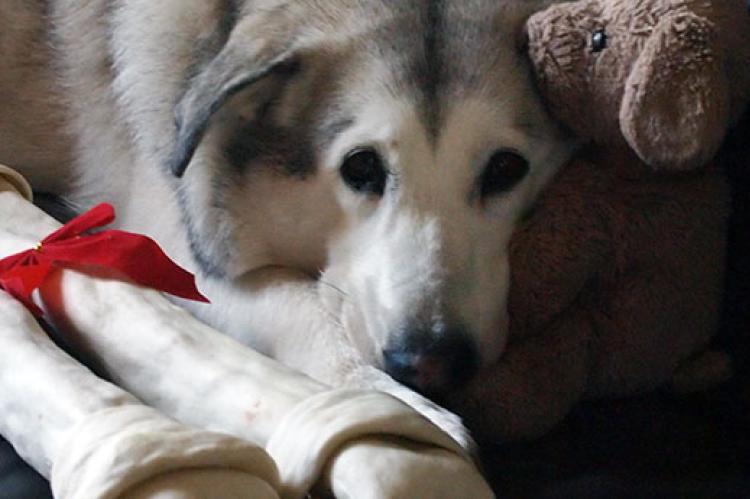
Environmental factors that contribute to food guarding in dogs can play a significant role in the development and persistence of this behavior. One factor is the presence of competition or limited resources, which can trigger a dog's instinct to protect their food. Additionally, a dog may have learned food guarding behavior through past experiences, such as being in an environment where they had to compete for food. Other factors include inconsistent feeding routines, stressful environments, and lack of socialization with other dogs during meal times. Understanding and addressing these environmental factors can be crucial in preventing and managing food guarding behavior in dogs.
Understanding the Impact of Food Guarding

Food guarding in dogs can have a significant impact on both the dog and their owners. When a dog exhibits food guarding behavior, it can lead to tense and stressful meal times. This behavior can also cause conflicts within multi-pet households, as well as potentially dangerous interactions with humans or other animals.
If left unaddressed, food guarding can escalate to more aggressive behaviors, posing a risk to the safety of everyone involved. It can also create a negative environment filled with tension and anxiety around feeding time.
Understanding the impact of food guarding is crucial in order to prevent any potential harm and maintain a harmonious relationship between dogs and their owners. Taking the necessary steps to address food guarding behavior will ensure a peaceful feeding environment for everyone involved.
Why food guarding can be a serious problem for dogs and their owners

Food guarding can pose a serious problem for both dogs and their owners. When a dog exhibits food guarding behavior, it can lead to aggression and potentially dangerous situations. Dogs that guard their food may become possessive, growl, snap, or even bite if someone or another animal approaches while they are eating. This can create a tense and unsafe environment at meal times, causing stress for both the dog and their owner. Additionally, food guarding can hinder the ability to properly train and socialize the dog, as it may limit interactions with other animals or people during feeding times. Therefore, understanding and addressing food guarding is crucial for maintaining a harmonious living environment.
The potential consequences of food guarding if left unaddressed
If food guarding behavior in dogs is left unaddressed, it can have serious consequences. One potential consequence is the development of aggression towards humans or other animals when it comes to food. Dogs may become possessive and aggressive when approached while eating, which can lead to bites or injuries. Food guarding can also create tension and conflicts within a household, making mealtime stressful for both dogs and their owners. Additionally, if food guarding is not addressed, it can escalate into other types of resource guarding behaviors, such as guarding toys or sleeping areas. It is essential to address food guarding early on to prevent these potentially harmful consequences.
Recognizing and Assessing Food Guarding Behavior

Recognizing and assessing food guarding behavior in dogs is crucial in addressing the issue effectively. Owners should be vigilant and observant to identify the signs of food guarding aggression. These can include growling, snapping, stiffening of the body, and aggressive posturing while eating. It is also important to evaluate the severity of the behavior. This can be determined by assessing the intensity and frequency of the guarding displayed by the dog. By recognizing and assessing food guarding behavior, owners can take appropriate measures to address the issue and ensure a safe feeding environment for both their dog and themselves.
Identifying signs of food guarding aggression in dogs

Identifying signs of food guarding aggression in dogs is crucial for preventing and addressing this behavior. It's essential to observe your dog's behavior during meal times and pay attention to any warning signs. These may include growling, snarling, snapping, or lunging when someone approaches their food bowl. Some dogs may also display stiff body language, raised hackles, or a tense expression while eating. It's important to note that not all dogs exhibit the same signs of food guarding aggression, so it's essential to be familiar with your dog's individual behaviors and body language cues. Being able to identify these signs early on can help you take proactive measures to prevent more severe aggression issues from developing.
Evaluating the severity of food guarding behavior in dogs
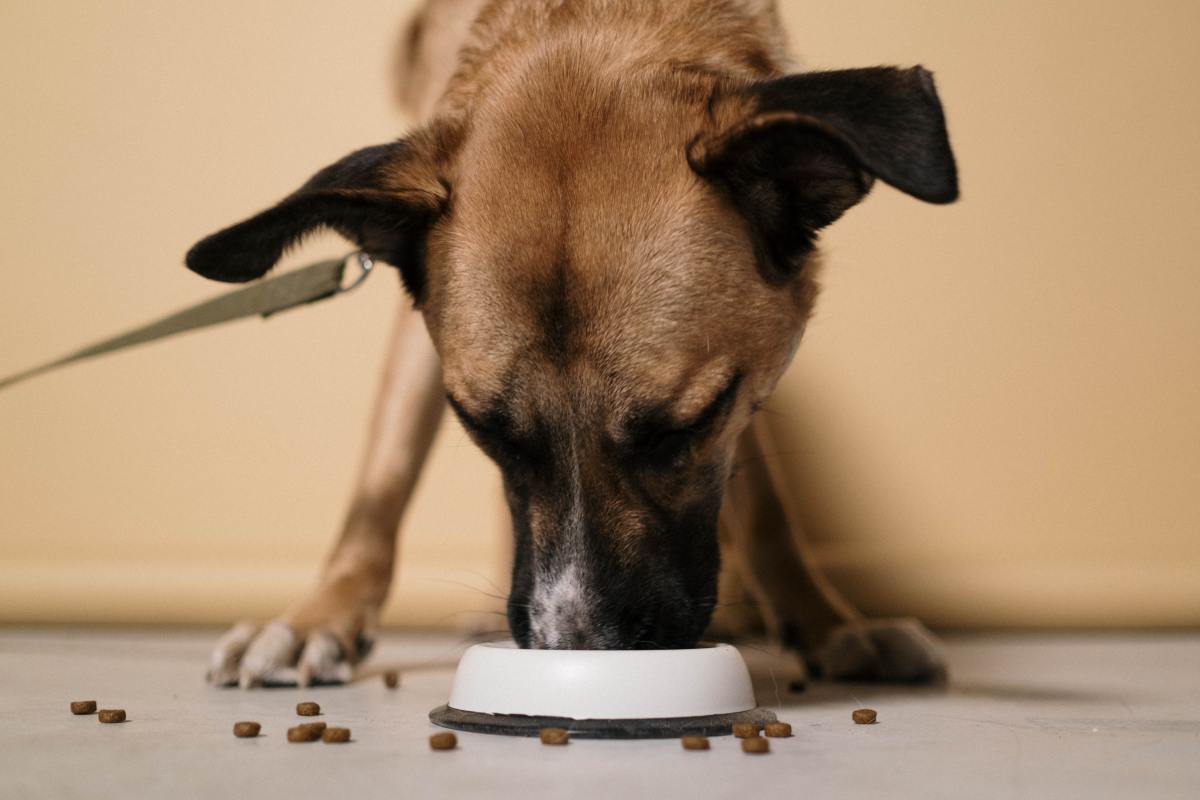
When evaluating the severity of food guarding behavior in dogs, it is important to assess several factors. One key element to consider is the intensity of the dog's reactions during guarding episodes. This includes observing their body language, such as stiffening, growling, snapping, or biting. The frequency and duration of these behaviors should also be taken into account. Additionally, the context in which the food guarding occurs should be assessed. Is it limited to specific items or locations? Does it escalate when approached by certain individuals? By evaluating these aspects, owners and professionals can determine the severity of food guarding and devise appropriate strategies for prevention and intervention.
Techniques for Preventing Food Guarding
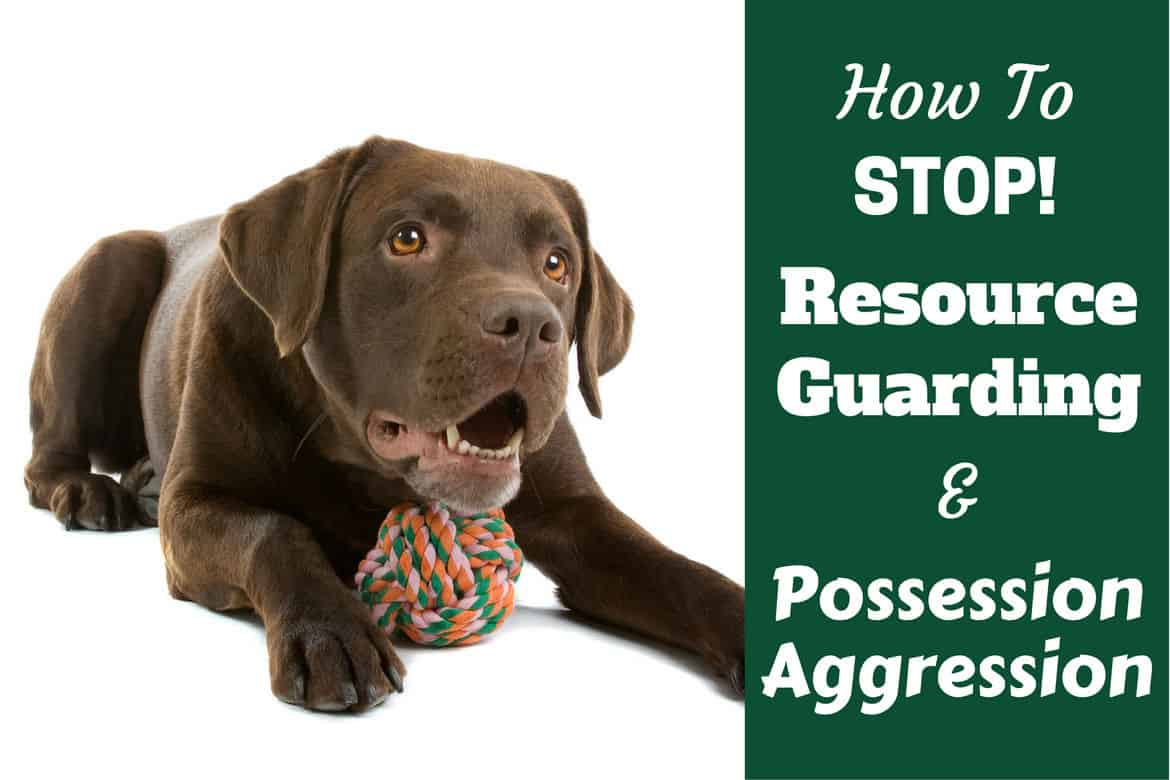
Positive reinforcement training methods can be highly effective in preventing food guarding behavior in dogs. By offering rewards for calm and non-aggressive behavior during feeding time, you can help your dog associate mealtime with positive experiences. Gradually introduce controlled interruptions while your dog is eating, rewarding them when they remain calm. Teaching your dog to share and trade objects peacefully can also discourage food guarding tendencies. Additionally, establishing a consistent feeding routine and providing ample exercise and mental stimulation can help reduce anxiety and possessiveness around food. These techniques promote a peaceful feeding environment and prevent food guarding in dogs.
Positive reinforcement training methods to prevent food guarding

Positive reinforcement training methods are highly effective in preventing food guarding behavior in dogs. One technique involves rewarding the dog for displaying calm and non-aggressive behavior during feeding time. This can be done by giving treats or praise when the dog remains calm while someone approaches their food bowl or touches their food. Another approach is to gradually desensitize the dog to people being around their food by starting with minimal distractions and gradually increasing them over time. Pairing these interactions with positive rewards reinforces the idea that people near their food are a positive experience, thereby reducing the likelihood of food guarding behavior. By consistently using positive reinforcement techniques, dogs can learn to associate meal times with positive experiences and decrease their tendency to guard their food.
Teaching dogs to share and trade objects peacefully
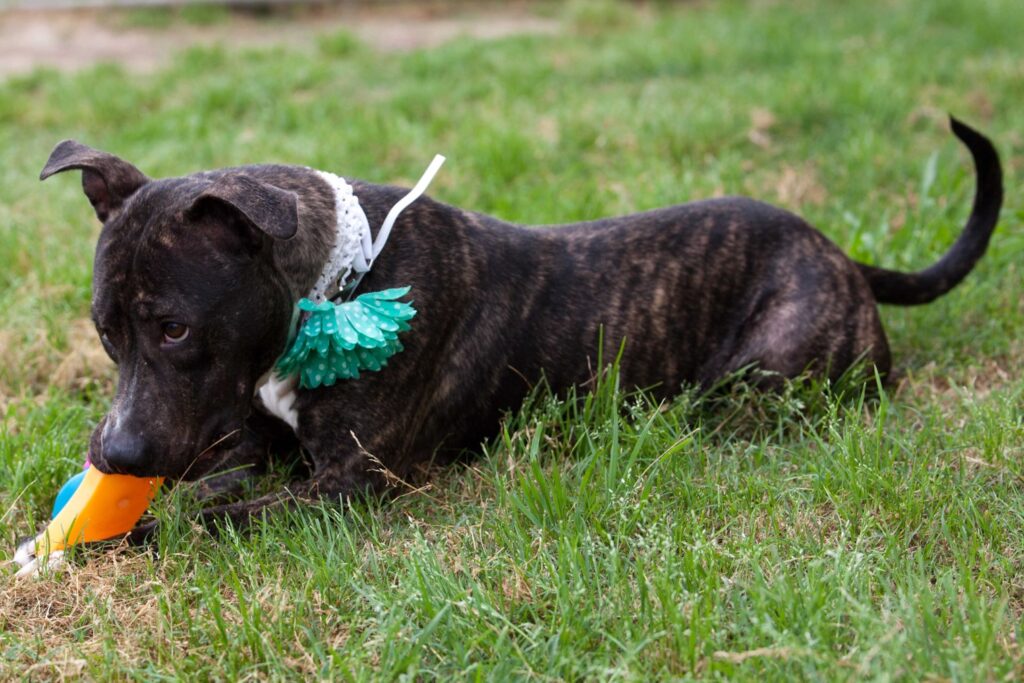
Teaching dogs to share and trade objects peacefully is an essential skill that can help prevent food guarding behavior. It is important to establish clear rules and boundaries regarding object possession. Start by teaching your dog the "drop it" or "trade" command, which encourages them to release objects willingly in exchange for something of equal or higher value. Use positive reinforcement techniques such as treats or praise to reward your dog for complying with the command. Gradually introduce different objects and practice trading to reinforce the concept of sharing. Consistency and patience are key to successfully teaching dogs to share and trade objects peacefully.
Addressing Food Guarding in Adult Dogs
Steps to take when addressing food guarding in adult dogs include consulting with a professional dog trainer or behaviorist. These experts can provide guidance and help develop a personalized training plan. Implementing techniques such as desensitization and counterconditioning can gradually change the dog's response to food guarding triggers. It is important to create a safe and controlled feeding environment to prevent the dog from feeling the need to guard their food. Consistency in training and using positive reinforcement methods are key to modifying this behavior in adult dogs. Seeking professional help ensures proper guidance throughout the process for effective results.
Steps to take when dealing with food guarding in adult dogs
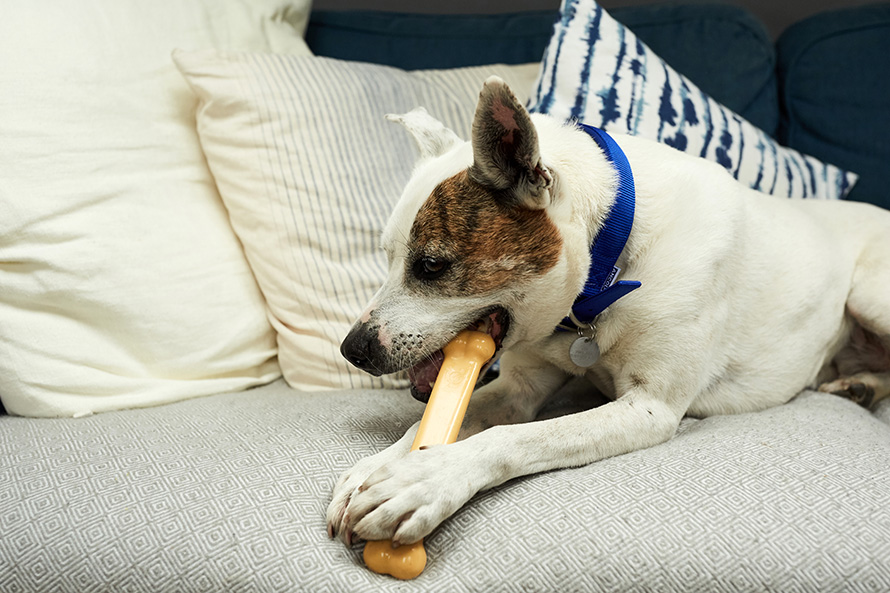
When dealing with food guarding behavior in adult dogs, it is important to take certain steps to address and manage the issue. Firstly, ensure your own safety by not approaching or attempting to take away food from a dog displaying signs of guarding aggression. Next, consult with a professional dog trainer or behaviorist who can provide guidance tailored to your specific situation. Implement desensitization and counterconditioning techniques under the supervision of an expert to gradually change your dog's response to food guarding triggers. It may also be necessary to make adjustments to the feeding routine and environment to minimize opportunities for resource guarding.
Implementing desensitization and counterconditioning techniques

Implementing desensitization and counterconditioning techniques is crucial when addressing food guarding in adult dogs. Desensitization involves gradually exposing the dog to triggers that cause food guarding behavior, such as approaching their food bowl or reaching for their food, at a distance that doesn't elicit a negative response. Over time, the distance is decreased, helping the dog become more comfortable with these actions. Counterconditioning involves associating positive experiences with these triggers, such as offering high-value treats while approaching their food. This helps change the dog's emotional response from guarding to expecting rewards. Consistency and patience are key when implementing these techniques to successfully manage and modify food guarding behavior in adult dogs.
Preventing Food Guarding in Puppies

Preventing food guarding in puppies is crucial to ensure they grow up to be well-behaved and socialized dogs. One effective strategy is to establish healthy feeding routines from a young age. By consistently practicing positive reinforcement training methods, puppies can learn that sharing and trading objects is rewarding and encouraged. It's also important to provide them with plenty of opportunities for socialization, exposing them to different people and situations. By doing so, puppies can develop a confident and non-possessive attitude towards food. Consistency, patience, and early intervention are key when preventing food guarding behaviors in puppies.
Training strategies to prevent food guarding behavior in puppies

Training strategies to prevent food guarding behavior in puppies are essential for establishing healthy and positive feeding habits. One effective technique is to teach them "drop it" or "leave it" commands during training sessions. This will encourage puppies to willingly release objects, including their food bowls, when asked. Additionally, it's important to gradually expose puppies to different people and environments while they are eating, ensuring they remain calm and relaxed. Providing interactive toys or puzzles can also redirect their focus away from guarding their food. By consistently reinforcing positive behaviors and avoiding situations that may trigger guarding tendencies, owners can help prevent food guarding behavior in puppies and promote a peaceful feeding environment.
Establishing healthy feeding routines from a young age

Establishing healthy feeding routines from a young age is essential in preventing food guarding behavior in dogs. By implementing consistent and structured feeding times, dogs learn to associate mealtime with calmness and predictability. This helps them feel secure and reduces the likelihood of them becoming possessive or protective of their food.
To establish healthy feeding routines, it is important to feed puppies in a designated area and at regular intervals throughout the day. Avoid free-feeding or leaving food out all day, as this can lead to resource guarding tendencies. Additionally, teaching puppies to wait patiently for their meals and rewarding calm behavior can foster a positive feeding experience.
By starting early and instilling good habits, owners can help prevent food guarding behavior in their dogs, promoting a peaceful feeding environment for everyone involved.
Seeking Professional Help for Food Guarding Issues
When it comes to addressing food guarding issues in dogs, sometimes it may be necessary to seek professional help. If your dog's food guarding behavior is causing significant concerns or escalating in aggression, consulting a professional dog trainer or behaviorist is highly recommended. These experts have the knowledge and experience to assess the situation and provide targeted guidance and strategies for managing and modifying your dog's behavior. They can help you develop a personalized training plan and teach you effective techniques to address food guarding. Seeking professional help ensures that you receive expert guidance to effectively address the issue and create a safer and more harmonious feeding environment for your dog.
When to consult a professional dog trainer or behaviorist

When dealing with severe cases of food guarding in dogs, it is important to recognize when it may be necessary to consult a professional dog trainer or behaviorist. If the behavior persists despite efforts to address it through training and management techniques, or if the dog's aggression becomes more intense and unpredictable, seeking professional help is highly recommended. A trained expert can assess the situation objectively and develop a customized behavior modification plan tailored to the specific needs of the dog. Additionally, they can provide guidance on how to safely manage and prevent food guarding behaviors moving forward.
The benefits of seeking professional guidance for food guarding
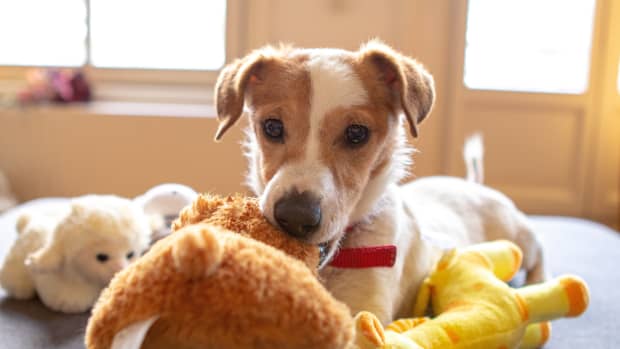
Seeking professional guidance for food guarding in dogs can be highly beneficial for both the pet and the owner. Professional dog trainers or behaviorists have the knowledge and expertise to assess and analyze the specific situation, identify underlying causes, and develop effective strategies to address food guarding behavior.
By working with a professional, owners can gain a better understanding of their dog's behavior and receive personalized advice on how to prevent or manage food guarding. They can also learn valuable techniques, such as desensitization and counterconditioning, to help modify their dog's response.
Professional guidance ensures that the approach taken is tailored to the individual dog, increasing the likelihood of success and reducing the risk of exacerbating the problem. Seeking professional help also provides owners with ongoing support and guidance throughout the process, promoting a harmonious feeding environment for their beloved canine companion.
Conclusion
In conclusion, understanding and preventing food guarding in dogs is essential for maintaining a harmonious feeding environment. Food guarding can lead to aggression and pose serious risks for both dogs and their owners. By recognizing the signs and causes of food guarding, steps can be taken to address this behavior in both adult dogs and puppies. Implementing positive reinforcement training methods, establishing healthy feeding routines, and seeking professional help when necessary can all contribute to preventing food guarding in dogs. It is important to prioritize the wellbeing and safety of our furry friends by addressing this issue promptly.
The importance of understanding and addressing food guarding in dogs

Understanding and addressing food guarding in dogs is of utmost importance for the well-being of both the dogs and their owners. Food guarding can lead to aggressive behavior, which can pose a threat to the safety of everyone involved. By recognizing and addressing this behavior early on, owners can prevent potential harm and create a harmonious environment during mealtimes. It is crucial to understand the underlying causes of food guarding and seek appropriate training methods to modify this behavior. Through positive reinforcement techniques and professional guidance, dog owners can establish healthy feeding routines and promote peaceful sharing of objects among their furry companions.
Tips for maintaining a harmonious feeding environment for dogs
To maintain a harmonious feeding environment for dogs, it is important to follow a few key tips. Firstly, establish a consistent feeding routine, providing meals at the same time each day. This helps dogs feel secure and reduces the likelihood of food guarding behavior. Secondly, create a peaceful atmosphere by feeding dogs in separate areas or using barriers to prevent competition or tension between multiple dogs. Additionally, encourage calm behavior during meal times by teaching dogs to wait patiently before eating and rewarding them for their patience. Finally, ensure that each dog has their own designated feeding space and bowl to avoid any resource guarding issues.




0 Comments